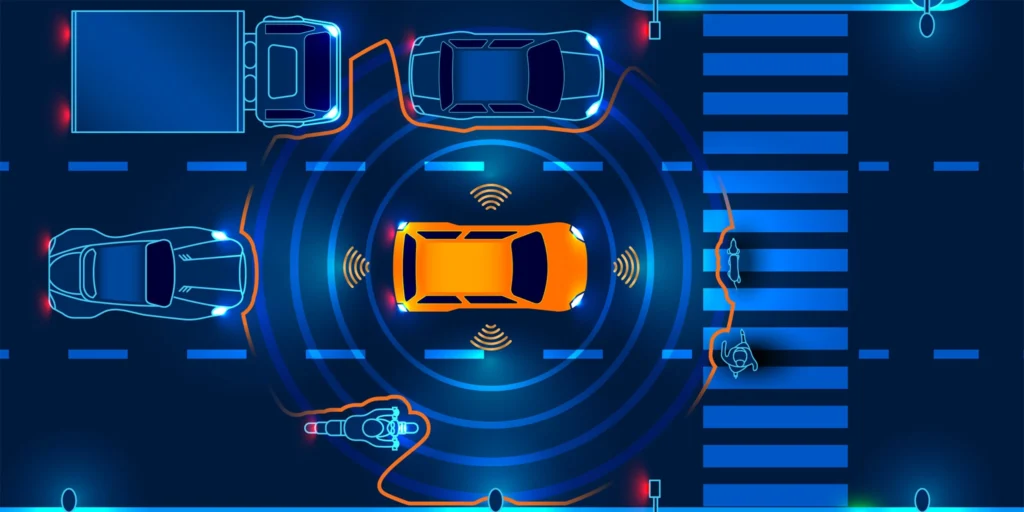The Audio GPT 4 API is an interface based on the GPT model, capable of processing and generating audio content, enabling functions such as speech recognition, synthesis, and comprehension.

Basic Information
Whether it’s the rhythm of birds chirping outside your window in the morning, the noisy discussions in a meeting room, or an impromptu guitar solo in a movie, the sound will no longer be just passively received information but an interactive, analyzable, and reconstructible intelligent medium.
The key to this future lies in a technology of voice interaction called Audio GPT. It is not just an upgrade to voice assistants but a “translator” and “creator” of the sound world.
Description
Audio GPT is a deep learning-based multimodal voice interaction model, with its core strength lying in understanding the contextual semantics of sound, rather than merely recognizing text commands. Compared to traditional voice technologies, it achieves three major breakthroughs:
Scene Awareness
It can distinguish background noise, multi-person conversations, and emotional tones, “listening” like a human.
Intent Inference
From “turn on the AC” to “it’s a bit stuffy in here,” users don’t need to give precise commands because it understands the subtext.
Dynamic Generation
It not only answers questions but can also mimic specific tones, create music, and even synthesize virtual environmental sounds.
The fundamental difference is that traditional technologies process the chain of “sound → text → feedback,” while Audio GPT builds a closed loop of “sound → semantics → sound.”
Technical Principles
Sound Fingerprint Extraction
Convolutional Neural Networks (CNN) decompose sound into features like frequency, pitch, and rhythm.
Semantic Understanding Layer
Transformer models interpret the intent behind sound features, such as recognizing that “rapid speech + keyword ‘meeting'” might mean the user needs to quickly pull up their schedule;
Generation Engine
Using Generative Adversarial Networks (GAN), it synthesizes contextually appropriate sound feedback, like gently reminding, “The meeting will start in 5 minutes,” while automatically lowering background music volume.
The key breakthrough lies in cross-modal alignment—linking sound features with visual and textual data, enabling machines to understand that “a baby’s cry” might correspond to multiple scenarios like “checking the diaper or feeding.”
The Infinite Application Possibilities of Voice Interaction
Autonomous Driving: Balancing Safety and Humanization
When detecting frequent throat-clearing and tired tones from the driver, Audio GPT proactively suggests pulling over for a break and switches to an energizing playlist; upon hearing an ambulance siren, it instantly identifies the sound source direction and marks an avoidance route on the car’s display.

Film Industry: The “AI Partner” in Sound Creation
When a director simply describes, “I need an ambient sound that sends chills down the audience’s spine,” Audio GPT combines horror film databases to mix dripping water, metal scraping, and infrasonic frequencies, creating immersive sound effects. For voice acting, it can even adjust vocal age in real time—allowing a 70-year-old actor to “voice” a 20-year-old character.

Future Outlook
Medical Rehabilitation
Parkinson’s patients rebuild language abilities through tone training systems, with AI generating encouraging voice feedback in real time.
Education Revolution
In history class, students “converse” with Einstein’s voice, probing the principles of relativity.
Emotional Computing
Smartwatches detect anxiety episodes 15 minutes in advance through heartbeat and voice tremors.
Conclusion
Audio GPT is not just a technological advancement; it is a gateway to a future where voice interaction transcends barriers, enabling seamless communication between humans, machines, and even the natural world.
The ultimate goal of Audio GPT is to eliminate the “mechanical feel” of human-machine interaction, making technology as natural as air. When sound becomes the fluid connecting the physical and digital worlds, we may redefine what it means to “listen” and “express.”




